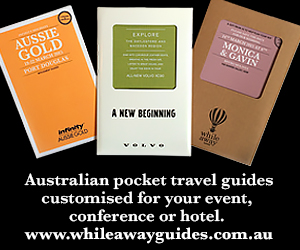With room rates starting from around AUD 250 a night, the Shangri-la hotel in the city of Makati is like an oasis in the vast Manila conurbation, and, considering its facilities, extraordinarily good value for money.
The feeling you’re going to be pampered, rested, relaxed and well-fed in five-star comfort descended on me as I walked into the hotel’s lobby to check in one warm afternoon recently. A marble lobby space extended into a cavernous lounge, with towering windows overlooking lush gardens and cascading waterfalls. A classical pianist was playing quietly, providing unobtrusive entertainment for guests having a late lunch and small groups having meetings. Immaculately dressed, smiling staff moved among the tables. Luxury!
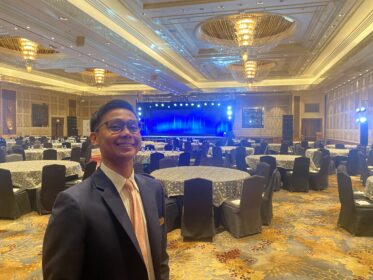 This was a highlight of a recent trip to the Philippines, where well-heeled Makati is arguably the ritziest business and cultural hub in the country’s capital. This Shangri-la, one of more than 100 hotels and resorts owned, managed and operated by the Shangri-la Group in 78 destinations, is one of the oldest at 30 years.
This was a highlight of a recent trip to the Philippines, where well-heeled Makati is arguably the ritziest business and cultural hub in the country’s capital. This Shangri-la, one of more than 100 hotels and resorts owned, managed and operated by the Shangri-la Group in 78 destinations, is one of the oldest at 30 years.
“[Our hotel] has become a fixture in the community, with 696 guest rooms and suites,” says Alfonso Carlos Mendoza (pictured left), its young events executive. “And it’s an excellent venue for conferences because we’re in a heavily developed urban area with many companies, restaurants and entertainment outlets, and much business activity, in close proximity.”
Indeed Makati’s sprawling “Green Belt” shopping and dining precinct is adjacent to the hotel and much appreciated by meetings and events attendees, says Alfonso.
For meeting space, they’re spoiled for choice. The Shangri-la is home to the largest pillar-less ballroom in Makati City as well as a secondary ballroom for more intimate events. It holds the biggest inventory of guestrooms among five-star hotels in Makati City, and has eight restaurants and bars, says Alfonso.
“Corporate clients always come back,” he says. “In addition to the main ballroom which can hold up to 990 people in a round-table set up, we’ve got a big variety of smaller meeting spaces, for which, in many cases, the attendees choose to stay in the hotel.
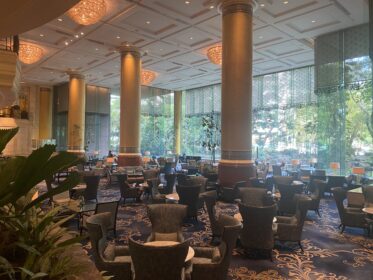 “We had one such meeting yesterday, for example, an education group who flew in from China and were accommodated in 86 of our rooms. They came in three buses and we planned our check-in procedures very carefully, so it all went smoothly.”
“We had one such meeting yesterday, for example, an education group who flew in from China and were accommodated in 86 of our rooms. They came in three buses and we planned our check-in procedures very carefully, so it all went smoothly.”
Manila and the Philippines generally offer bargain prices in relation to accommodation – and food, especially, he adds. “We have many international-standard local chefs who can cater to any palate in the world and we can adjust menus to anything you’d wish for. The same applies to our MICE guests – any food or requirement, you just need to ask.”
Guests can find just about everything they need in the hotel complex, from a pool, renovated spa and gym to venues for meetings, meals and to socialise.
“Of course there are plenty of [entertainment] places outside the hotel that are very accessible, and many malls,” says Alfonso. “In Makati at weekends the roads are closed off so people can stroll and ride bikes round the town. Our international guests especially appreciate this.”
The hotel has a club offering, the Horizon, with dedicated floors for rooms and an exclusive lounge in which guests can get fed three times a day and have cocktails in the evening as part of their package. (I opted for this and it was a classy experience, made all the more so by excellent staff.)
 The wood-panelled rooms have comfortable beds, air conditioning that works well, chocolates and fruit to snack on and much else. The reservations people will easily arrange car or limo airport transfers.
The wood-panelled rooms have comfortable beds, air conditioning that works well, chocolates and fruit to snack on and much else. The reservations people will easily arrange car or limo airport transfers.
Venues like this may help explain why last calendar year was a huge one for the Philippine tourism industry, which welcomed almost five and a half million international visitors, recording more than PHP480 billion (AUD 13 billion) in receipts, according to the country’s Department of Tourism Secretary Christina Garcia Frasco. The new record was around 650,000 higher than the target of 4.8 million international visitors for the year.
Meetings package from AUD 115
The Makati Shangri-la presents a variety of meetings packages. For instance one whole-day corporate option for PHP 4200 (AUD 115) per person has plated and buffet lunch options, and the inclusions you’d expect like coffee, tea, flipcharts, public address systems and so forth. Reasonably priced open-bar package options from one to three hours are also available.
For more information click here.
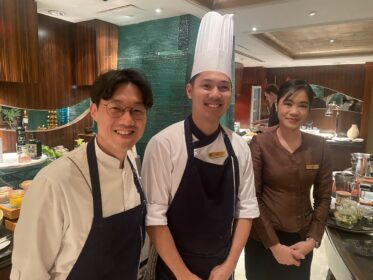
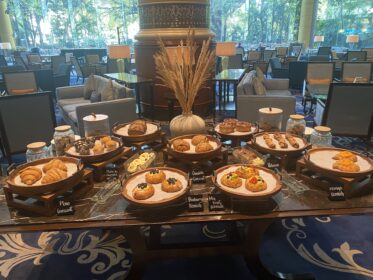
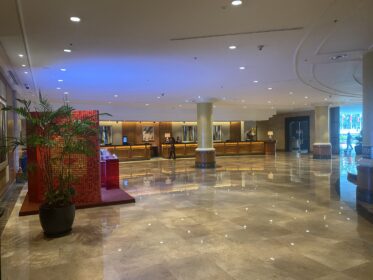

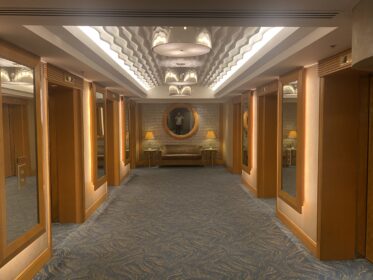

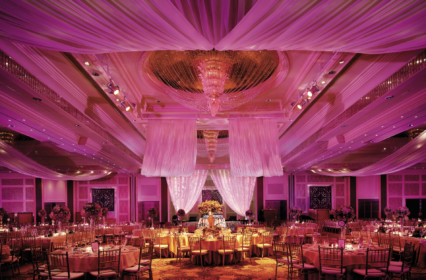
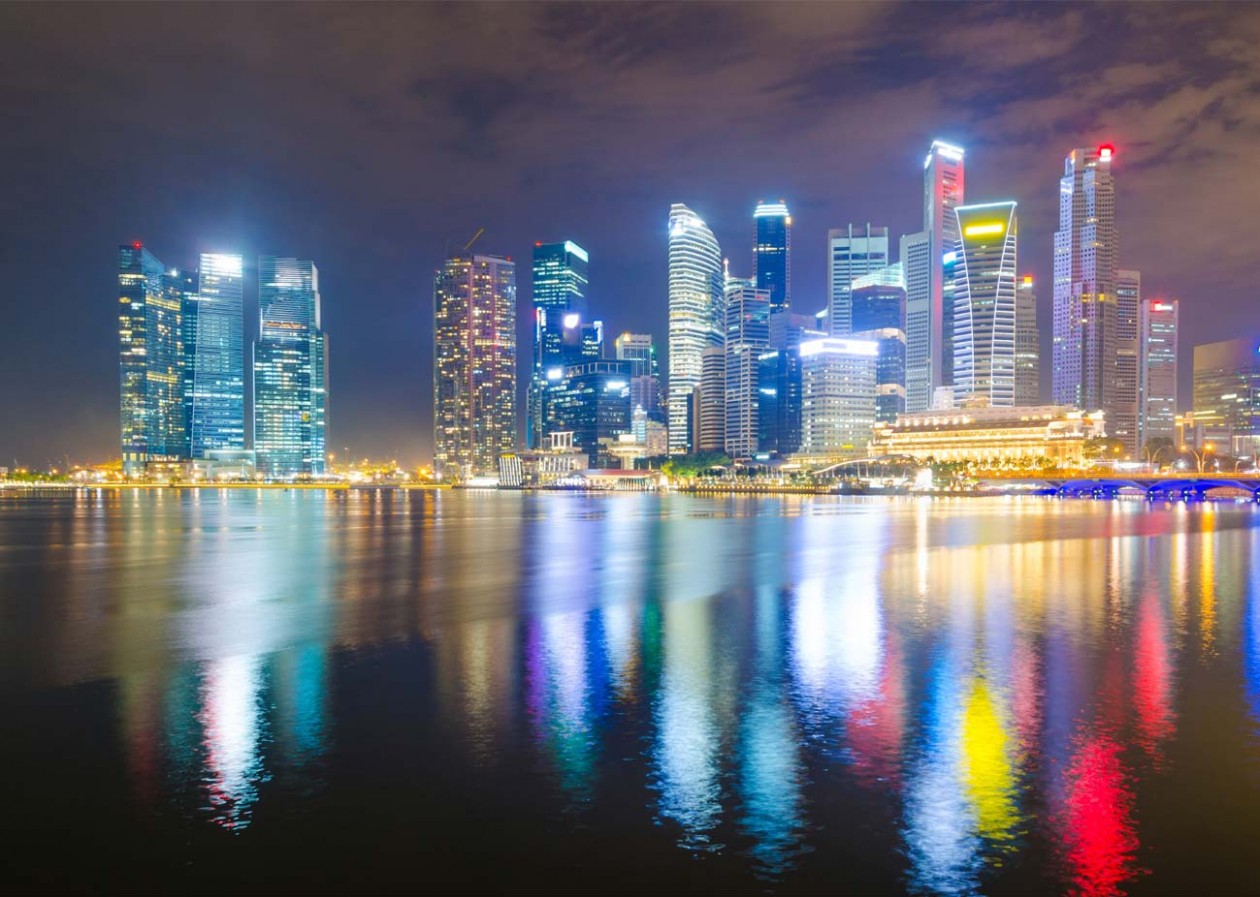
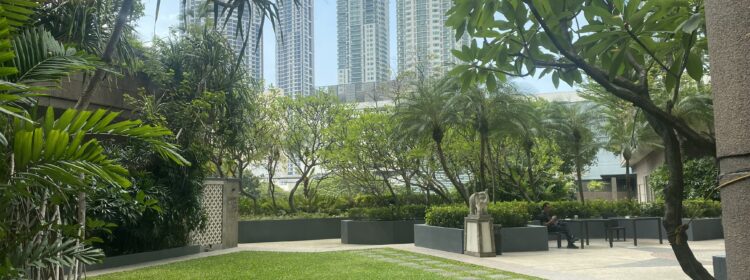

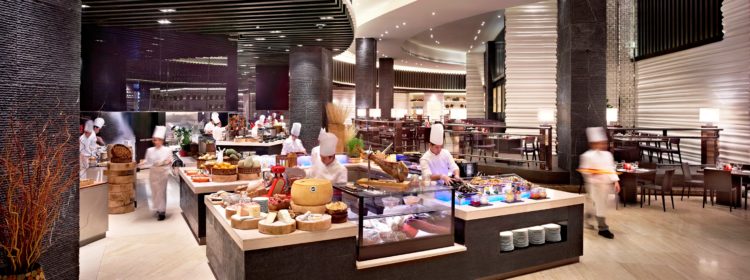
 For a start it involves addressing one of the most troublesome pollution issues of our time – the use of plastics and plastic bottles. The City of Dreams is phasing the bottles out and replacing them and single-use plastic packaging with other eco-friendly options.
For a start it involves addressing one of the most troublesome pollution issues of our time – the use of plastics and plastic bottles. The City of Dreams is phasing the bottles out and replacing them and single-use plastic packaging with other eco-friendly options.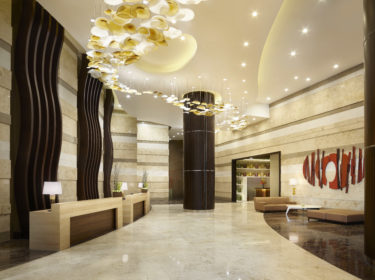 “We have our own herb garden on site as well,” Romina says. “And we brew and roast our own coffee purchased directly from local growers.”
“We have our own herb garden on site as well,” Romina says. “And we brew and roast our own coffee purchased directly from local growers.”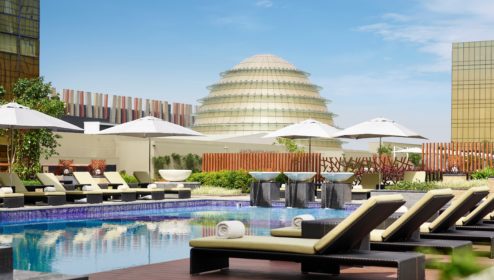 During the pandemic the company gave financial assistance via paid leave to those unable to work. “We also provided in-house accommodation for those who needed to be onsite, and free vaccinations for employees and family members. The staff vaccination rate is 99.9 percent, and only vaccinated people are rostered. (The Forbes Travel Guide announced in April that the property had won the 2022 “Work Here, Work Happy” accolade.)
During the pandemic the company gave financial assistance via paid leave to those unable to work. “We also provided in-house accommodation for those who needed to be onsite, and free vaccinations for employees and family members. The staff vaccination rate is 99.9 percent, and only vaccinated people are rostered. (The Forbes Travel Guide announced in April that the property had won the 2022 “Work Here, Work Happy” accolade.)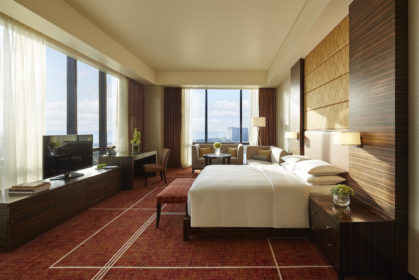 “Our family entertainment area DreamPlay [a 5,000 square-metre facility that offers a variety of activities] is up and running again. [It’s] not only for children but also used for team-building exercises,” she adds. In fact some meeting organisers have used it recently.
“Our family entertainment area DreamPlay [a 5,000 square-metre facility that offers a variety of activities] is up and running again. [It’s] not only for children but also used for team-building exercises,” she adds. In fact some meeting organisers have used it recently.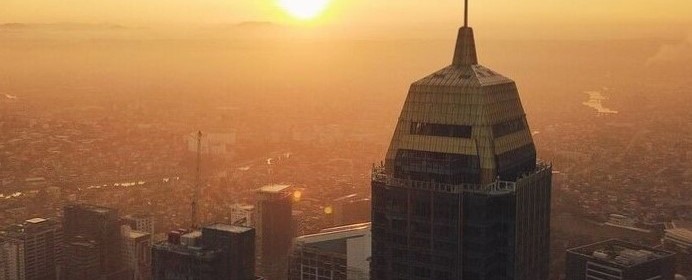




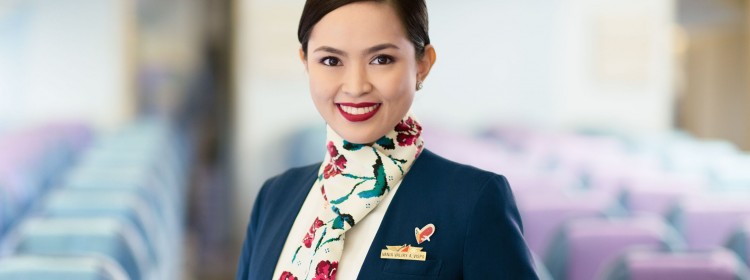





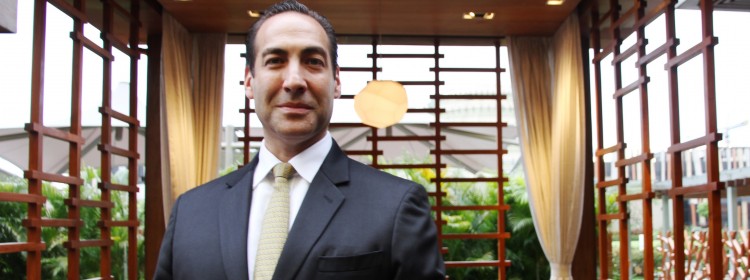

 We have the F&B, the entertainment and DreamPlay [pictured left and below, a family play space with attractions also suited to teambuilding activities] which is a first in the world. Couple that with the service we provide. In my opinion, and of course I’m biased, it’s a no-brainer. Why not come here?
We have the F&B, the entertainment and DreamPlay [pictured left and below, a family play space with attractions also suited to teambuilding activities] which is a first in the world. Couple that with the service we provide. In my opinion, and of course I’m biased, it’s a no-brainer. Why not come here?
 I’m proud of my luxury hotel experience which covers the gamut of line staff positions – security, night manager, housekeeping, guest services. We’re all professionals. A house keeper is not a maid; he or she is someone who provides a professional service.
I’m proud of my luxury hotel experience which covers the gamut of line staff positions – security, night manager, housekeeping, guest services. We’re all professionals. A house keeper is not a maid; he or she is someone who provides a professional service.
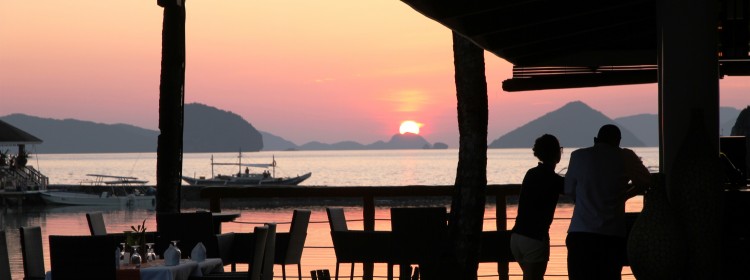


 “Room rates are negotiable depending on the size of the group and the travel period,” says Bambi Samson, Director of Sales, “so the supplement may change according to the requirements of the group. Rates are higher from November to May, and promos and special rates are usually offered from June through to October.”
“Room rates are negotiable depending on the size of the group and the travel period,” says Bambi Samson, Director of Sales, “so the supplement may change according to the requirements of the group. Rates are higher from November to May, and promos and special rates are usually offered from June through to October.”
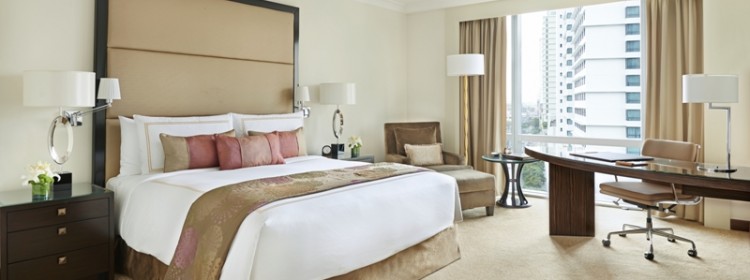
 It represents a step forward for tourism in the city and country, say its marketers, with the last luxury hotel in the area having been built way back in 1993-94.
It represents a step forward for tourism in the city and country, say its marketers, with the last luxury hotel in the area having been built way back in 1993-94.
